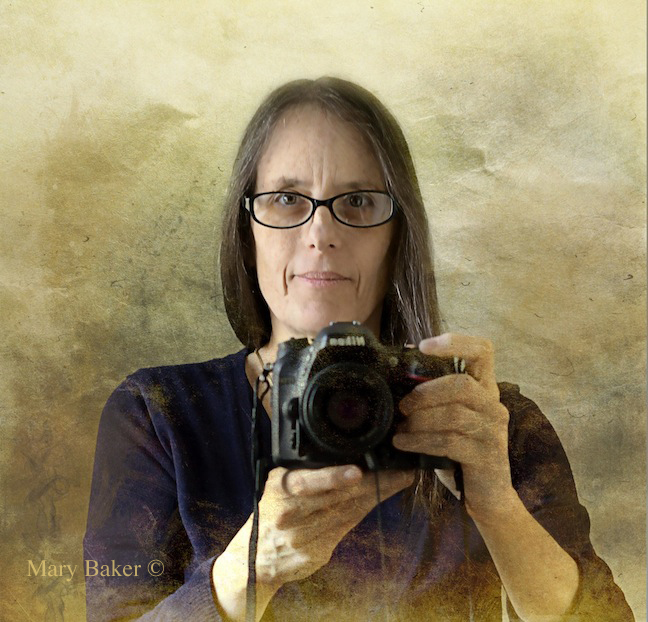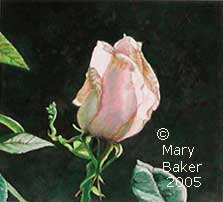There are very few photos of me on the internet. In 2013 I did this self-portrait.
I am of the firm belief that art is very much connected to the unconscious, and in some ways I think of art as the unconscious made manifest.
I created this self-portrait back in 2013, and I look at it now almost 3 years later and wonder what it tells me about what was on my mind.
At the time I had been experimenting with digital images for 3 or 4 months, and it became clear that if I was going to get serious about the endeavor that I had better get myself a very good digital camera.
The portrait was taken after the camera arrived, and maybe captures both my excitement, and fear about this new artistic beginning, and also a resolute determination on one level to explore it and have fun, and I think subconsciously on another level, a determination to make it work. A big investment in this undertaking — good digital cameras are not cheap.
As a professional artist I know that creating has a certain rhythm. In the beginning it’s a lot like a love affair, everything is exciting, everything is new, nothing could possibly go wrong, the possibilities are endless. And then at some point reality sets in, relationships are complicated and have their ups and downs. It’s the same way with the artistic process. It’s the same way with this new digital project now in its 4th year.
With every body of work that I’ve created over many decades I always run into a period where a) I don’t know if it’s any good and b) I’m not sure what to do next. At that point I’ve always worked on something else and I’ve learned to wait. A friend once said to me, “If you don’t know what to do, do nothing.” As far as I’m concerned this applies to art in a major way. Wait, sleep on it, and sometimes — quite often, it’s a very long sleep on it, and sooner or later, I end up knowing exactly what to do. This has worked for me for well over 40 years.
So in this new digital project I am in the “a) I don’t know if it’s any good and b) I’m not quite sure what to do next” phase. And from experience, I know to wait. I can feel that I’m just about to figure out what to do and move forward, but the pieces haven’t quite fit together yet, but I’m pretty sure they will, because decades have taught me that they always do.
So I look at this self-portrait that I did 3 years ago and it tells me that yes there is a certain doubt and fear about this new art prospect, but also a confident determination that after a long winter of not knowing, the spring of artistic progress has always arrived, and that sooner or later the winter snows will melt and I will know exactly what to do next.

